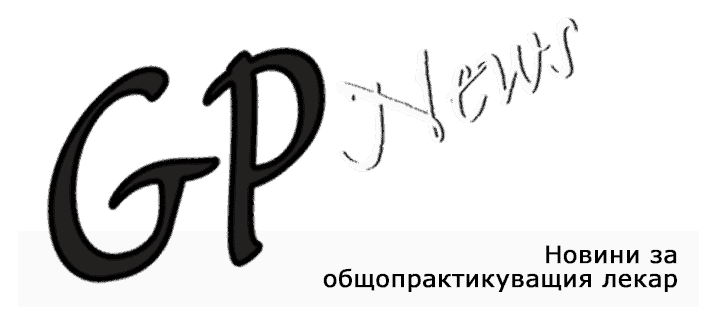
Issue 9/2025
Todorov, P.
Medical University – Plovdiv, Todorov Rheumatology Center – Plovdiv
Shoulder pain is among the main complaints in the general population and is second only to low back pain as a reason to seek medical consultation. It can significantly impede both professional commitments and prevent patients’ nighttime rest. Like any other clinical syndrome, shoulder pain can be caused by pathological processes involving various structures in and around the shoulder joint. In this presentation, we will focus on the most common, but still perhaps not enough known in general medical practice, clinical syndrome causing pain and functional deficit in the shoulder, namely the rotator cuff syndrome. The rotator cuff is an anatomical coalition of several muscles: supraspinatus (SS), infraspinatus (IS), teres minor (TM) and subscapularis (SubSc), as well as their corresponding tendons. Rotator cuff syndrome encompasses a spectrum of different pathologies associated with injuries or degenerative processes affecting these muscles and tendons together or separately. This general term includes subacromial impingement, tendopathy, partial and total ruptures of the rotator cuff tendons, as well as calcifying tendonitis. Rotator cuff syndrome becomes more common with age and in the modern lifestyle, and is associated with metabolic syndrome, including diabetes, thyroid diseases, as well as with inflammatory arthritis and degenerative arthropathies. Data on the ethology, pathoanatomic features, clinical picture, diagnosis and briefly the main therapeutic options in this disease will be presented.
Address for correspondence:
Assoc. Prof. Dr. P. Todorov, MD
Medical University – Plovdiv
15A “V. Aprilov”, Blvd.
4002, Plovdiv
